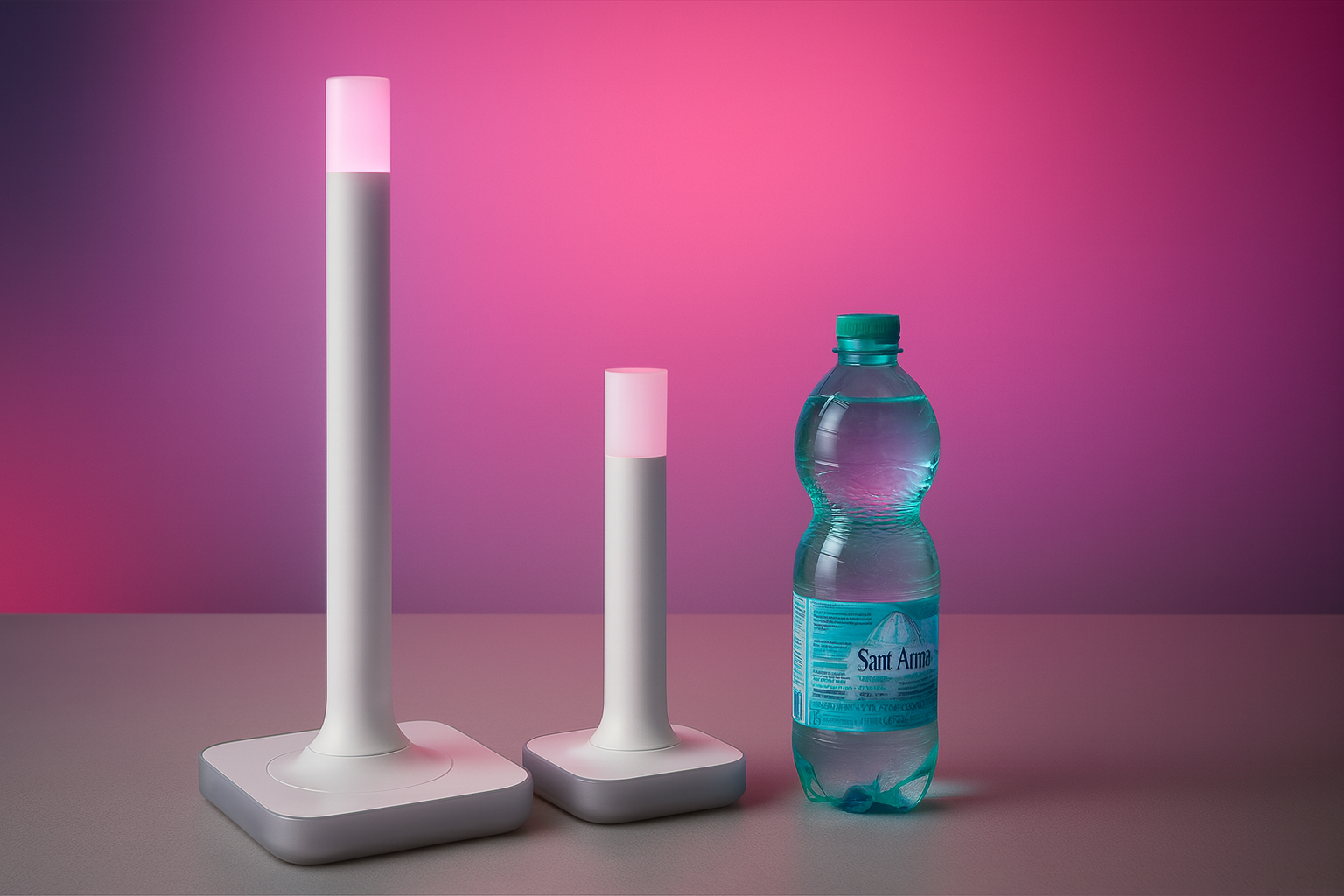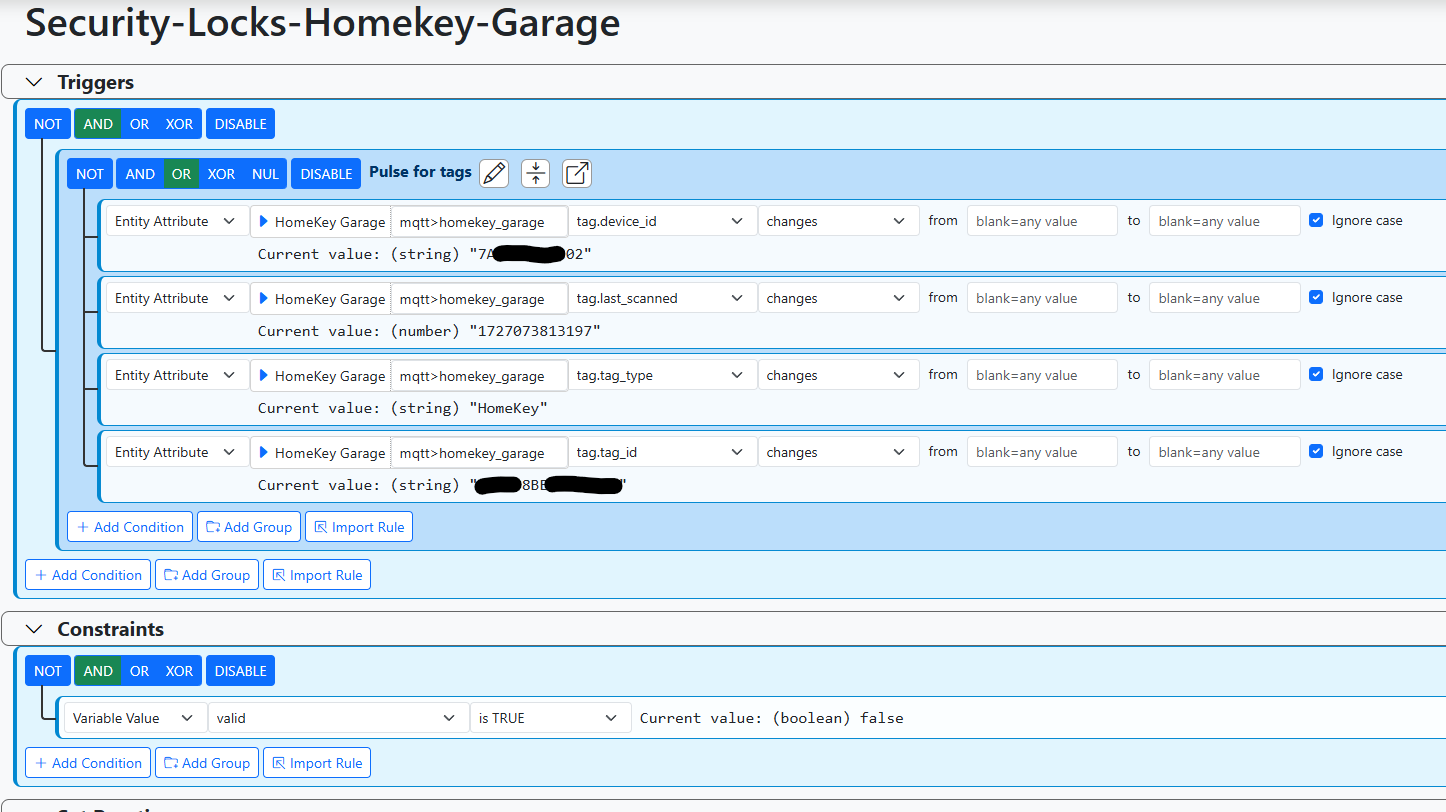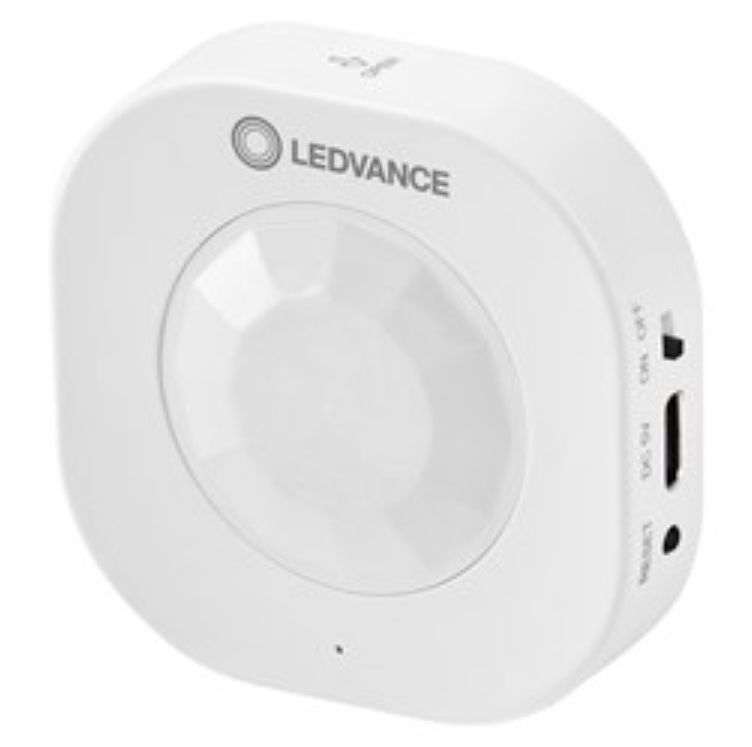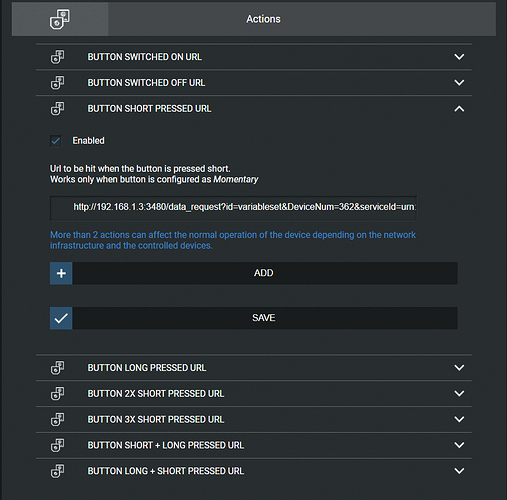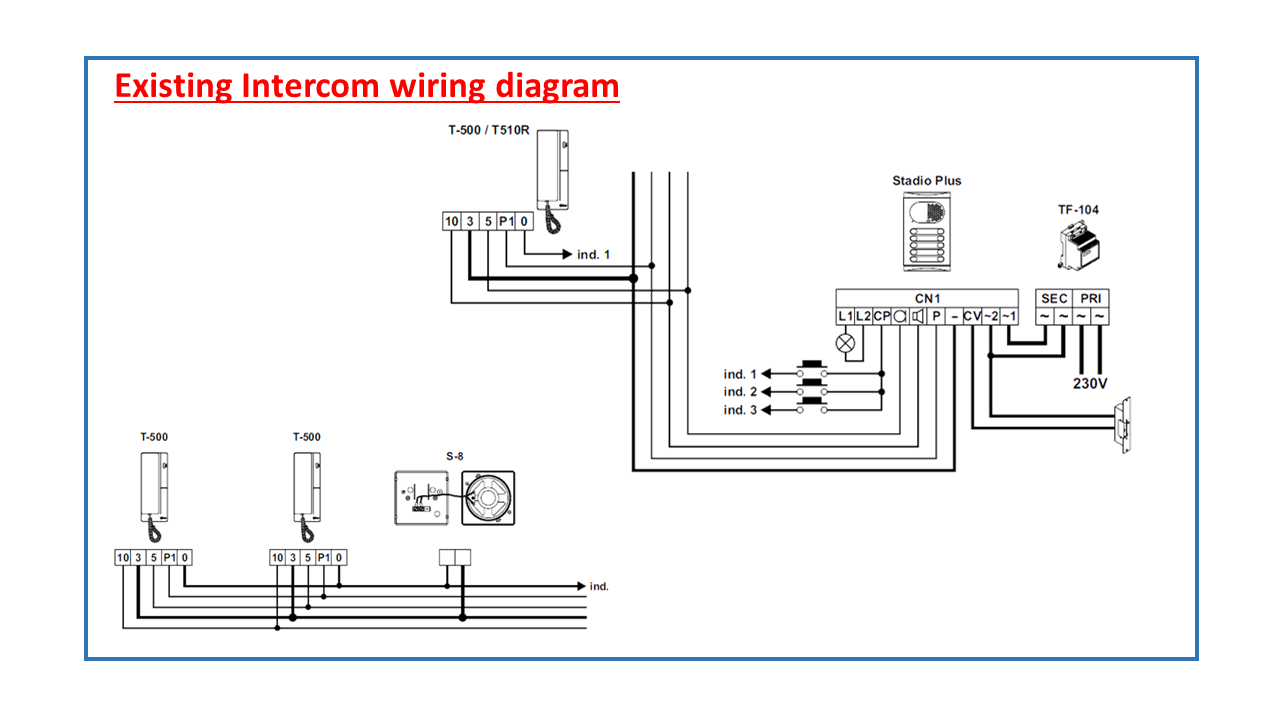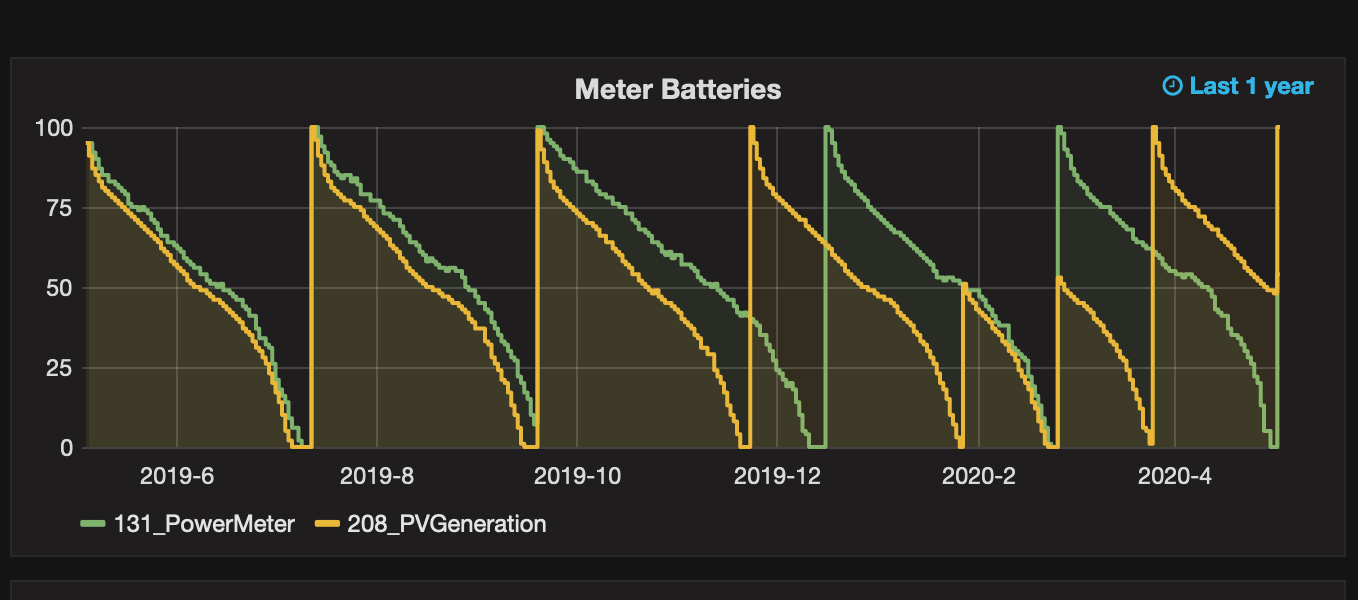Battery Technology
-
With a ChemE and Electrochemist background and wanted to share some understanding on batteries. I looked around and was surprised to find as little as I did on battery comparisons. I only found this site:
The summary is this:
Alkaline are cheap.
Lithium are expensive but last much longer for high drain applications like powering a motor. They also are much more tolerant to low temperatures so they are more suitable for outdoor use. They have much higher capacity but this difference becomes pretty insignificant when used under low drain condition. (example are z-wave and zigbee sensors) and are therefore both a cost and environmental waste for these applications.The rechargeable battery technology has progressed a lot in the past 10-15 years. Their biggest drawbacks were low capacity, high self discharge rate and limited number of recharge cycles. All have significantly improved with the LSD (Low Self Discharge) NiMH (Nickel Metal Hydride) batteries. The famous Sanyo/Panasonic eneloop are an example of these.
The use of different batteries will have a significant impact on the battery readback reports from our devices because most of devices estimate the battery capacity percentage based on their voltage assuming they are alkaline:
- While the alkaline behaves almost linearly draining from 1.55V to 1.1V,
- lithium present a near step function characteristic starting at ~1.75V (AA -LR6 and AAA-LR3) and stay at that voltage until suddenly dropping to 1.5V at which point they are almost incapable of delivering high currents. They will then deliver gradually lower currents until ~1.4V where they can be considered empty.
- NiMH on the other hand start at ~1.35V and drop near linearly to 1.1V
The result is that lithium batteries will always show as full until suddenly stopping to work, showing 0% or nothing at all.
NiMH will start at 0-25% when full. These all can render the battery read-back very misleading... But either alternative choices according their applications will be much more cost effective and environmentally savvy.Adding info on other common rechargeable batteries for those interested but less relevant for Smarthomes:
NiCd: Still found in many devices, they have much smaller energy density (lower capacity) and support fewer recharge cycles than NiMH. They offer the advantage of having a very short load transient, meaning they are able to deliver full current immediately after the load is put on them, making them very good for powering motors. They are mostly used in power tools
Li-Ion: Very high energy density. It is what is used in laptops, phones and... some planes. More expensive and not available in low voltage/small format.

